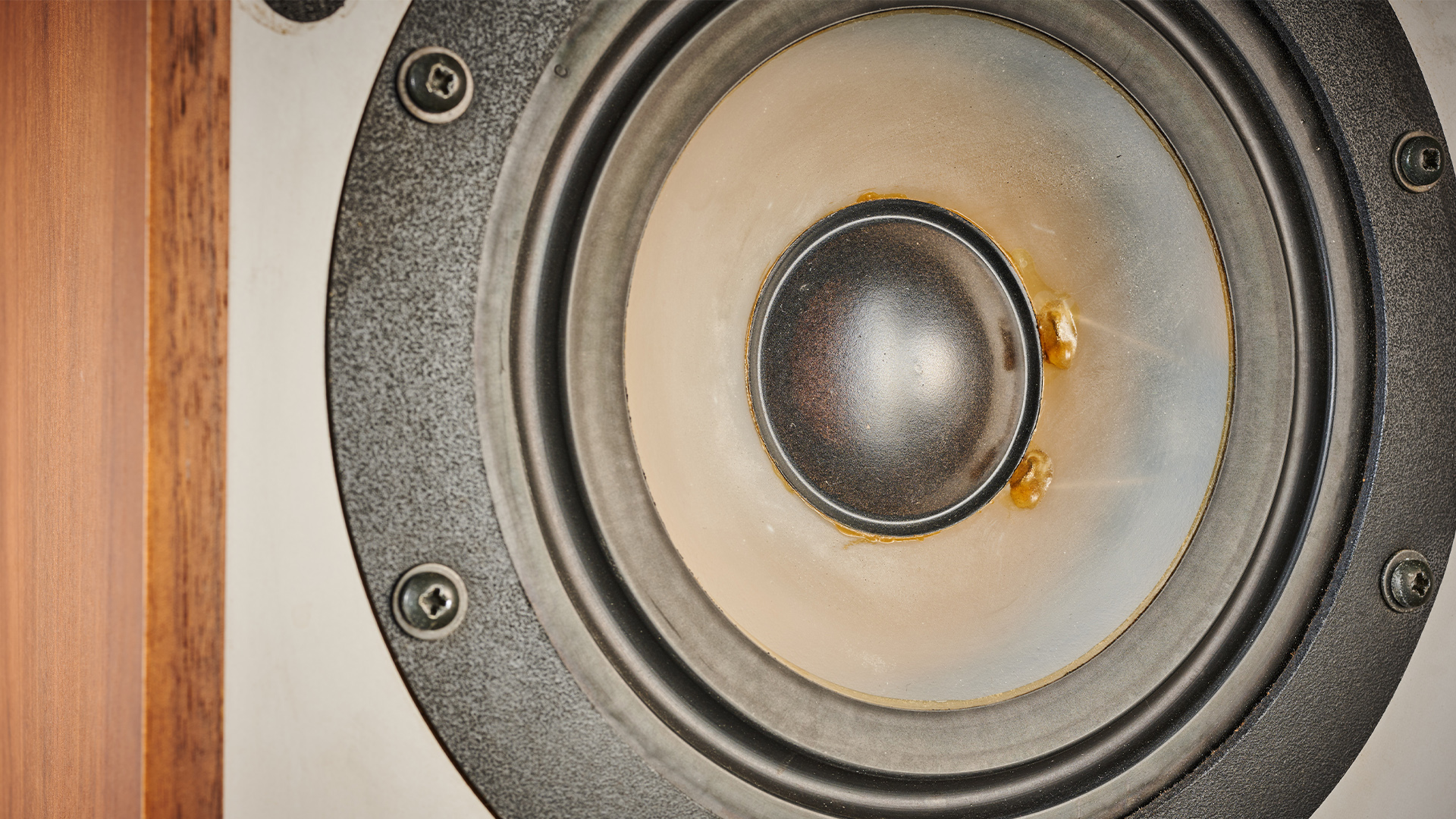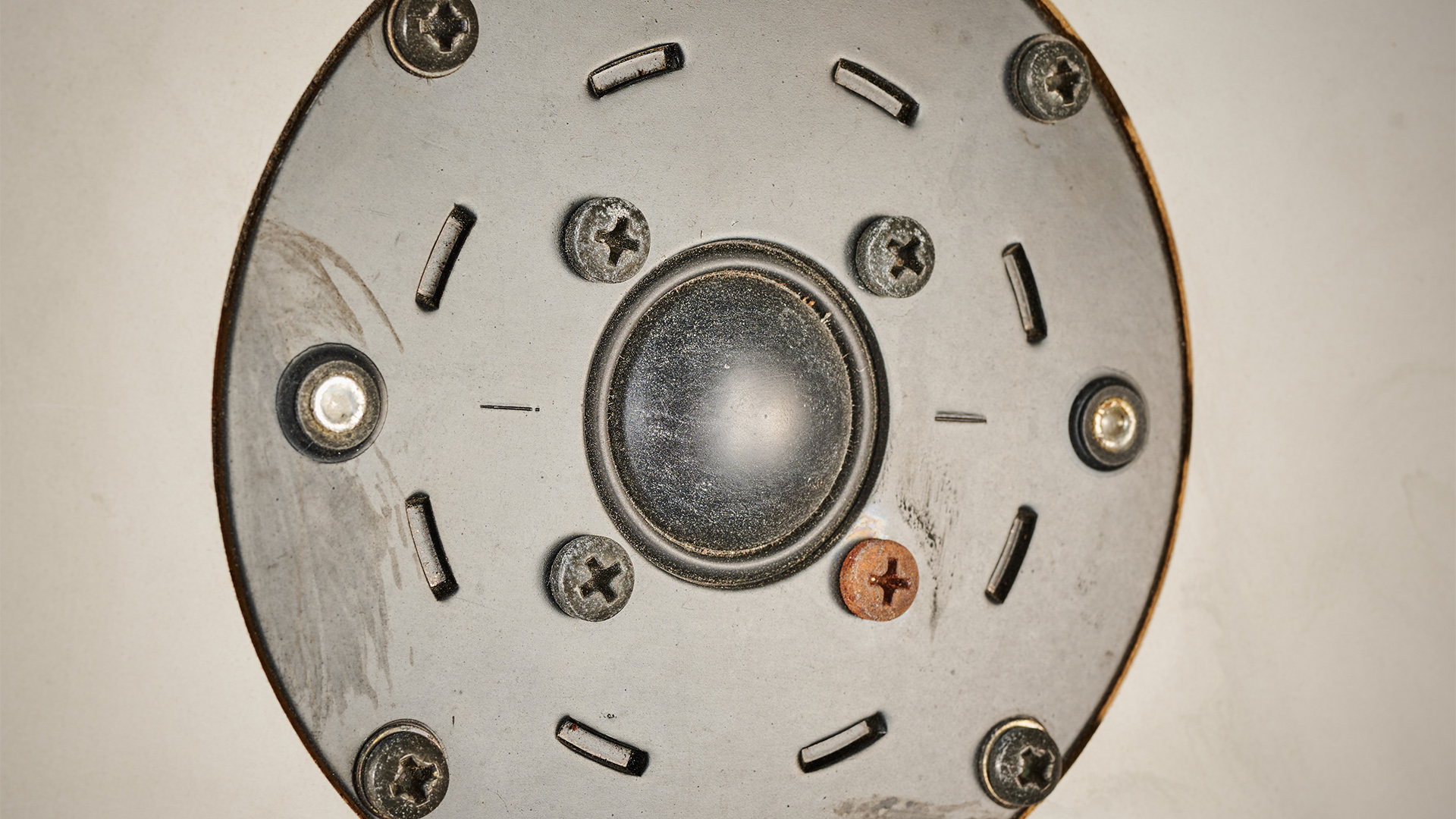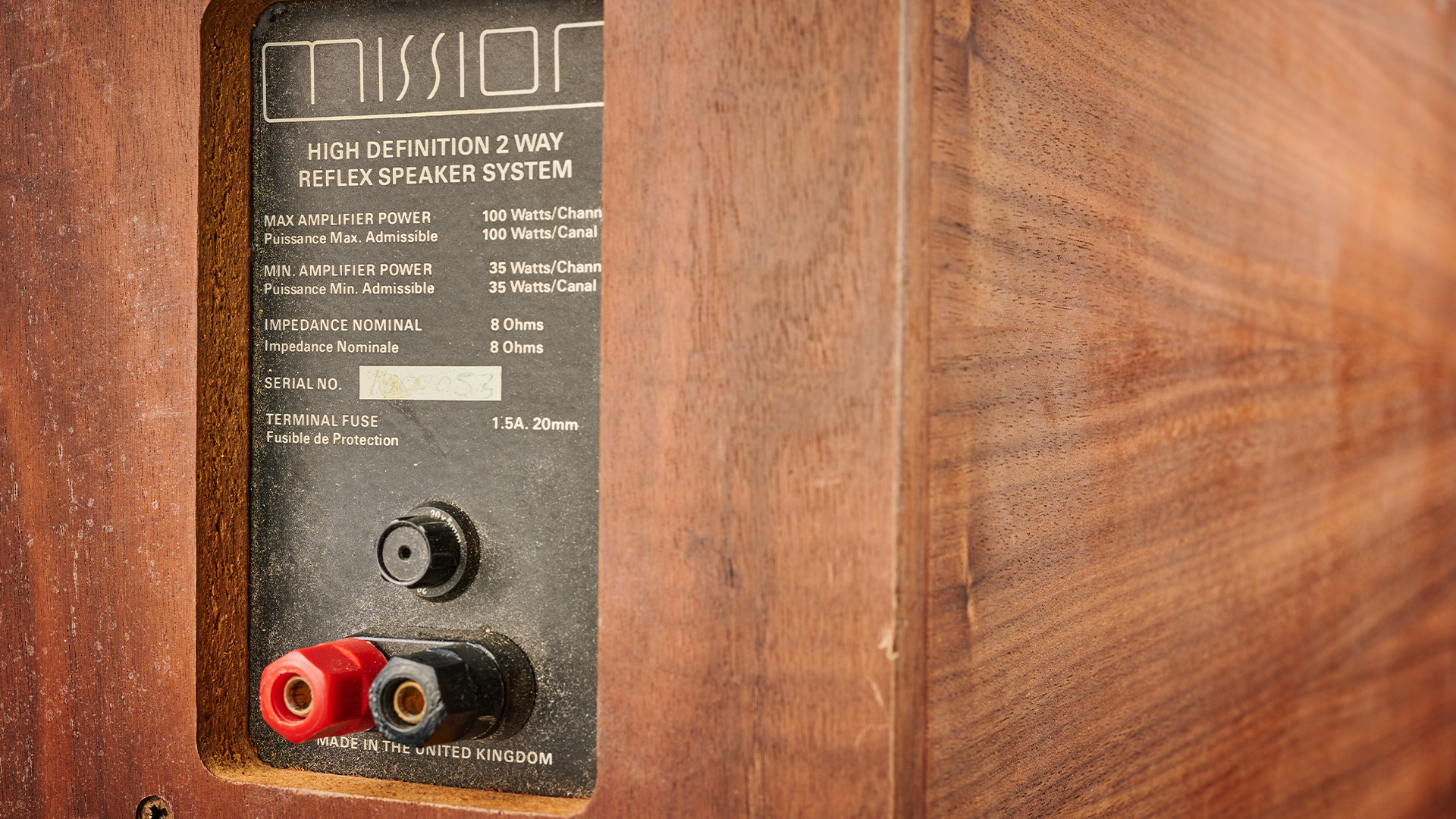There are plenty of reasons to buy secondhand hi-fi – but make sure you do your research on speaker drivers
Aside from the condition and price, natch

Like most things nowadays, hi-fi has a thriving second-hand market, and with good reason: it lasts. Sure, software that becomes outdated can make the modern components that rely on it obsolete, but passive speakers, stereo amplifiers, turntables… that stuff can go for decades.
I’m seeing hi-fi more in charity shops than ever, and the go-to online marketplace for years has been eBay and Facebook Marketplace. I saw a cracking value pair of KEF Eggs on the Vinted app just yesterday!
Preloved purchasing is a great way to bag a bargain on a discontinued product or nab yourself a slice of hi-fi history that hasn’t been on shop shelves in decades.
After all, if our technical editor’s nostalgia-infused old vs new speaker and original vs modern amplifier comparisons tell us anything, it’s that legacy kit shouldn’t necessarily be snubbed for their contemporary successors.
We’ve penned a general guide on buying second-hand speakers before, advising on everything from the buying process to condition checking, but there’s one piece of advice in there I’d like to reiterate that applies to all hi-fi…
Drive unit obtainable?
The chances are your second-hand purchase will be for a product that isn’t ‘current’, by which I mean not still made by, and available from, the manufacturer. Not least as product cycles seem to be shorter than ever.
If that’s the case, you should check that the crucial parts are still available and serviceable. For speakers, I’m talking drive units, as that is often what gets damaged, especially with older models, as cone materials are fragile, tweeters can be pushed too hard, and foam surrounds for the mid and bass drivers can disintegrate after time.
The latest hi-fi, home cinema and tech news, reviews, buying advice and deals, direct to your inbox.
A quick Google should nine times out of ten inform you of the speaker’s drive units if you don’t know what they are, and then it’s a case of finding spares.
If they are proprietary to the speaker manufacturer, you will have to contact them, but if they were made by a speaker driver specialist, such as SEAS, you should be able to find them online.
For example, if you bought some 1990s-released ProAc Response 2 second-hand, you could replace their mid-woofers with the Scanspeak 18W/8542-10 unit (only a slight variation on the original) available online today. I’ve also seen their original foam surround at an online retailer.





Serviceability
In the case of stereo amplifiers or other electronics, you would want to know whether the capacitors in the circuitry are still available as, more than any other internal component, replacing them should assure the lasting reliability of the product.
Again, Google and hi-fi forums might well be your friends here, but the electronics manufacturer would be a sensible first port of call. Just note that it probably won’t be a cheap endeavour.
No matter the product, if you have paid a decent sum for it and plan to use it for a while, we would contact the manufacturer to see if they will service it for you. It will then, of course, be in no better hands!
If you find a specialist driver or hi-fi repair shop local to you, great – they may be able to fix or source any parts for you. But we would run model names/numbers by them before you commit to your purchase.
MORE:
The 10 most valuable records sold on Discogs last month
Now that vinyl record sales are on the rise, is there a more sustainable way to manufacture them?

Becky is a hi-fi, AV and technology journalist, formerly the Managing Editor at What Hi-Fi? and Editor of Australian Hi-Fi and Audio Esoterica magazines. With over twelve years of journalism experience in the hi-fi industry, she has reviewed all manner of audio gear, from budget amplifiers to high-end speakers, and particularly specialises in headphones and head-fi devices.
In her spare time, Becky can often be found running, watching Liverpool FC and horror movies, and hunting for gluten-free cake.
You must confirm your public display name before commenting
Please logout and then login again, you will then be prompted to enter your display name.
